PRODUCT DESCRIPTION
History of Chopped Carbon Fiber:
A Historical Overview Carbon fibers have a rich history that dates back to the 19th century when Thomas Edison first utilized chopped carbon fibers as a filament for light bulbs. However, it was in the 1980s that these fibers found their first significant industrial application in the aircraft industry. Since then, carbon fibers have become indispensable in various aircraft components, including wings and fuel tanks. Furthermore, their usage in the sports sector experienced rapid expansion during the 1990s. This growth can be attributed to two primary factors: the gradual decrease in fiber prices and the increasing demand for lighter materials to reduce energy consumption.
Emerging Trends and Antistatic Properties Presently, glass fibers dominate the composite market, accounting for approximately 85% of usage. However, the adoption of carbon fibers is steadily expanding. Notably, carbon fibers possess exceptional conductivity, making them ideal for creating antistatic flooring systems. These systems utilize carbon fibers to produce antistatic linings and coatings, allowing for the efficient conduction and discharge of static electricity. The quantity of carbon fibers employed depends on the desired resistance and conductivity levels required for the conductive antistatic flooring.
Enhanced Conductivity for Antistatic Flooring
The remarkable conductivity of carbon fibers makes them highly suitable for incorporating antistatic properties into flooring systems. When designing conductive antistatic flooring, carbon fibers are utilized to ensure the effective dissipation of static electricity, creating a safe and controlled environment. Incorporating carbon fibers into the flooring material can significantly reduce the risk of static discharge-related accidents and damage to sensitive electronic equipment.
The amount of carbon fibers used to produce conductive antistatic flooring depends on the specific requirements for resistance and conductivity. Fine-tuning the composition allows for tailored solutions that cater to various industrial and commercial applications. Whether it’s an electronics manufacturing facility, cleanroom, data center, or healthcare environment, using carbon fibers in antistatic flooring offers reliable protection against static buildup.
Moreover, carbon fiber-infused antistatic linings and coatings provide long-lasting durability and performance. Carbon fibers’ inherent strength and resistance ensure that the antistatic properties remain intact even with regular foot traffic and heavy equipment usage. This results in a cost-effective solution that requires minimal maintenance and offers extended service life.
As the demand for conductive antistatic flooring grows, carbon fibers play a crucial role in meeting the industry’s evolving needs. Expanding their usage in diverse sectors highlights the versatility and effectiveness of carbon fiber technology. With ongoing advancements and research, carbon fibers are poised to revolutionize the field of antistatic flooring further, ensuring safety, efficiency, and reliable static control for a wide range of applications.
Price of Chopped Carbon Fiber
The price of chopped carbon fiber can vary depending on factors such as the quality, length of the fibers, and market conditions. Generally, carbon fibers are considered relatively more expensive than traditional reinforcement materials like steel or glass fibers. However, as the technology and production processes have advanced, the cost of carbon fibers has gradually decreased over time.
It’s important to note that specific pricing information may vary depending on the supplier, quantity purchased, and any additional processing or customization required. It is advisable to contact suppliers or consult market sources to obtain accurate and up-to-date pricing details for chopped carbon fiber.
Rate of Progress in the Carbon Fiber Industry
The carbon fiber industry has experienced significant advancements and a remarkable rate of progress over the years. The evolution of manufacturing techniques, material development, and increased application knowledge has driven substantial growth and innovation in the industry.
In terms of production processes, advancements have been made in increasing the efficiency and scalability of carbon fiber manufacturing. Innovations such as improved precursor materials, optimized carbonization techniques, and enhanced polymer stabilization methods have resulted in higher-quality fibers with reduced production costs. Manufacturers have achieved higher yields, shorter production cycles, and greater control over fiber properties.
The development of new carbon fiber grades and compositions has expanded the range of applications across various industries. Carbon fibers with tailored properties, such as increased strength, stiffness, or conductivity, have been introduced to meet specific industry requirements. This has led to widespread adoption in aerospace, automotive, sports equipment, renewable energy, and infrastructure sectors.
In addition, research and development efforts have focused on improving carbon fiber’s recycling and sustainability aspects. Recyclability and reuse of carbon fiber materials have gained attention, leading to the development of recycling technologies and the establishment of recycling infrastructure.
Furthermore, collaborative initiatives between industry players, research institutions, and government bodies have fostered knowledge sharing, standardization, and innovation in the carbon fiber sector. This collaboration has accelerated progress by pooling expertise, resources, and funding to address challenges and unlock new opportunities.
Overall, the carbon fiber industry has witnessed rapid progress, characterized by advancements in manufacturing processes, expanded application areas, improved sustainability practices, and increased collaboration. These developments continue to drive the growth and potential of carbon fiber technology in diverse fields, fueling further innovation and market expansion.
Features
- Low length change
- High modulus of elasticity
- Chemical resistance
- Small dimensions of fibers
- Heat resistance
- Mechanical durability
- Enhanced seismic resistance
- Increased durability (non-corrosive)
- Fireproofing properties
Applications
- Residential buildings: concrete reinforced with carbon fibers can be used in walkways, floors and foundations.
- Commercial: Slabs and floors and parking lots have the potential to use this type of fiber.
- Warehouses and industrial buildings: It can be used for floors that are exposed to light to heavy loads, in floors and slabs, as well as for vehicle tracks.
- Highways and roads: can be used in retaining walls on the side of highways and railway bridges.
- Ports and Airports: Can be used on airport runways, taxiways and parking lots as well as seawalls.
- Waterways: used in dams and water channels and canals.
- Mining and tunneling: prefabricated components of tunnels such as tunnel linings and gabions are used.
- Agriculture: This concrete can be used in the construction of grain warehouses and silos, as well as livestock preservation structures.
Chapped carbon is the most widely used anti-static agent in epoxy flooring.
Packaging
- 18 kgs bags
Colour
- Black
technical specifications
|
Base material |
carbon |
| color |
black |
| Fiber length |
4.6mm |
|
packaging |
18Kg |
Refer to the technical data sheet of the product.
- Understand the properties and behavior of chopped carbon fibers.
- Consider design requirements and constraints for the project.
- Collaborate closely with reputable suppliers for technical support.
- Optimize fiber distribution within the concrete matrix.
- Conduct thorough structural analysis and modeling.
- Perform testing and validation procedures.
- Stay updated with research and industry advancements.
- Emphasize quality control throughout the process.
- Document and share knowledge within the engineering community.
- Foster collaboration among multidisciplinary teams for successful implementation.
Summary of Recommendations for Contractors Working with Chopped Carbon Fiber:
- Familiarize Yourself: Understand the characteristics and benefits of chopped carbon fiber reinforcement.
- Effective Communication: Maintain clear communication with engineers and suppliers.
- Plan and Prepare: Develop a comprehensive plan for integrating chopped carbon fiber into construction.
- Quality Assurance: Implement strict quality control measures for proper handling and placement.
- Training and Expertise: Ensure personnel receives appropriate training for working with chopped carbon fiber.
- Safety Considerations: Prioritize safety precautions and adhere to guidelines and regulations.
- Documentation and Reporting: Maintain chopped carbon fiber usage and performance records.
- Collaboration and Feedback: Communicate with stakeholders to provide feedback and contribute to improvements.
- Continuous Learning: Stay updated on advancements and best practices in chopped carbon fiber reinforcement.
- Monitor Performance: Monitor the performance of chopped carbon fiber-reinforced structures for assessment and understanding.
Methods of Mixing Carbon Fibers and Concrete:
Dry Method:
- Combine carbon fibers with aggregates by pouring them on each other and mixing them by hand.
- Add cement to the mixer with the prepared aggregates and mix.
- Add a lubricant or water reducer to the mixer.
- Allow the mixer to run for 5 minutes to ensure proper blending.
- During this time, add the accelerator to the water.
- Add water to the mixer and wait for approximately 3 minutes.
- The concrete is now ready for use.
Wet Method:
- Add the accelerator to the concrete.
- Mix the carbon fibers with water until a uniform mixture is achieved.
- Add aggregates to the mixer.
- Incorporate a water-reducing additive into the mixer.
- Allow the mixer to run for 5 minutes for thorough mixing.
- If necessary, add a chemical additive to the mixer and wait 3 minutes.
- The concrete is now ready for use.
Amount of Consumption:
The consumption amount of chopped carbon fiber for creating an antistatic epoxy floor:
- Carbon fibers are used to produce antistatic lining and coating in the conductive antistatic flooring system.
- The amount of carbon fibers used depends on the expected resistance and conductivity.
- Typically, the amount of chopped carbon fiber used is between 1 and 2 percent by floor weight.
- Carbon fibers have advantages such as lightweight, high tensile strength, low thermal expansion coefficient, and high thermal resistance.
- Carbon fibers have a diameter of 10-15 micrometers and a length of 2-6 mm.
By following the recommended mixing methods and appropriate consumption of carbon fibers, contractors can effectively incorporate chopped carbon fiber into concrete applications, resulting in antistatic and enhanced performance properties in flooring systems.
- Supplier Evaluation: Choose a reputable supplier with certifications and a reliable track record.
- Material Inspection: Check for defects and reject compromised chopped carbon fiber.
- Batch Consistency: Randomly sample and test batches for fiber characteristics.
- Mixing Procedure Verification: Monitor proper dispersion and distribution during mixing.
- Mechanical Testing: Conduct tests to assess strength and impact resistance.
- Dimensional Stability Assessment: Measure length changes and assess shrinkage and expansion.
- Durability Testing: Test resistance to chemicals, moisture, and freeze-thaw cycles.
- Visual Inspection: Regularly check for fiber clumping, segregation, and surface defects.
- Compliance with Standards: Ensure adherence to industry standards and specifications.
- Documentation and Recordkeeping: Maintain records of tests, inspections, and corrective actions.
Implementing these quality control measures will ensure the reliability and performance of chopped carbon fiber-reinforced concrete, leading to high-quality structures and compliance with industry standards.
technical documents
Photo Gallery
Technical documentation request
Frequently Asked Questions
How are carbon fibers mixed with concrete?
Carbon fibers are mixed with concrete in two ways: dry method and wet method; In the dry method, carbon fibers are mixed with aggregates in layers and then combined with cement in a mixer; In the new method, first the accelerator is added to the mixture and then the carbon fibers are added to the mixer.
What is the characteristic of carbon fiber index?
These fibers have anti-static property.
When does the history of carbon fiber go back?
For the first time, Thomas Edison used chapped carbon fibers as a bulb filament in the 19th century, but the first official use of carbon fibers in the industry was in the 1980s in the aircraft industry.
What is the weight of carbon fiber compared to steel?
The weight of carbon fiber is about a quarter of the weight of steel.


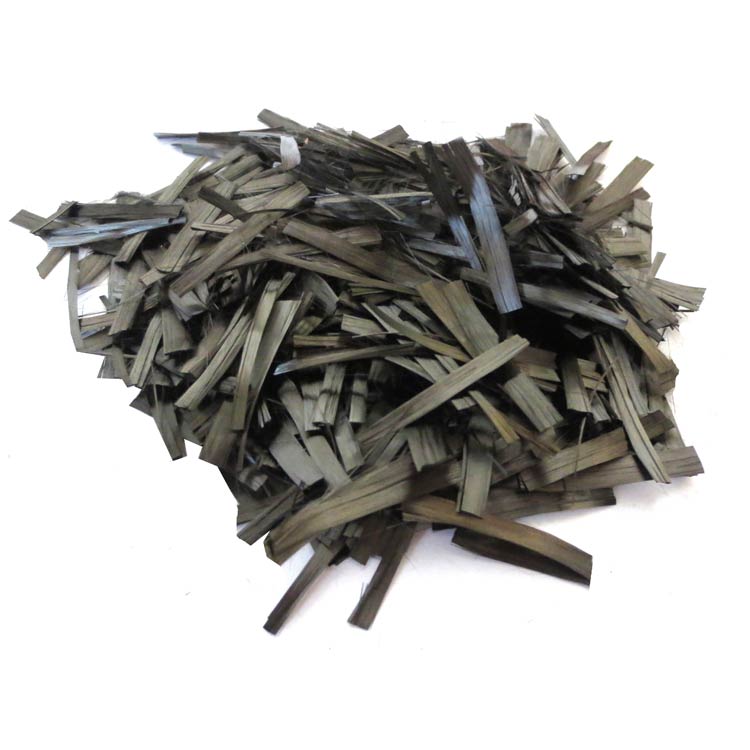
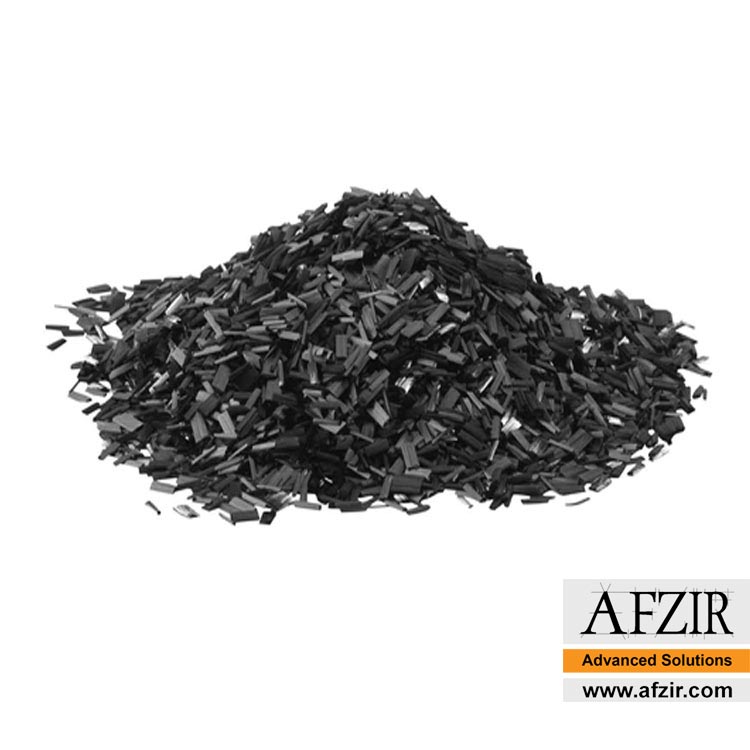





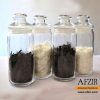
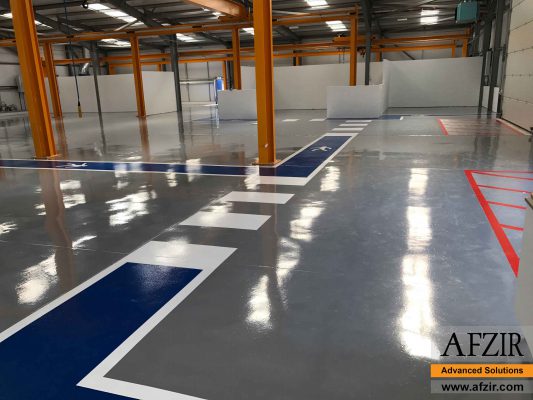
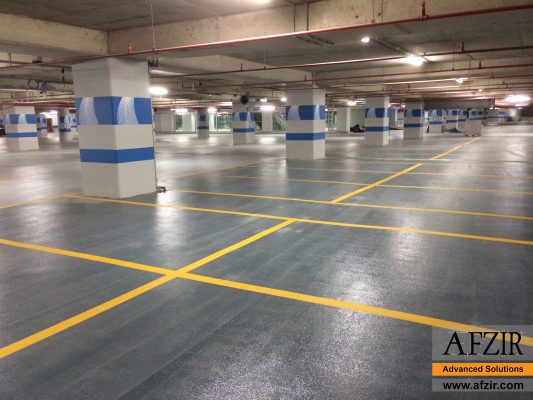







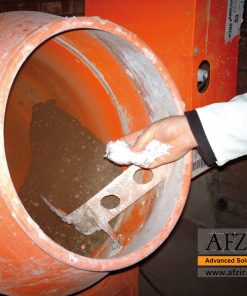
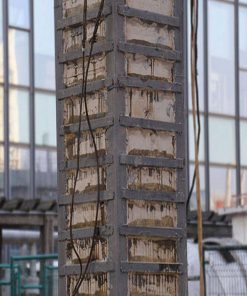
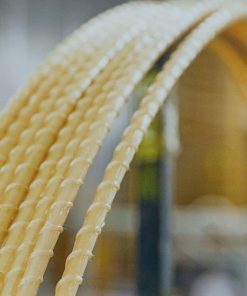

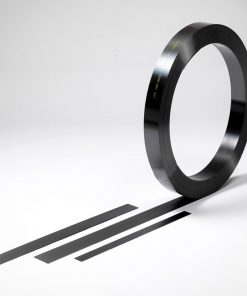


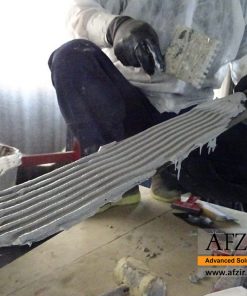
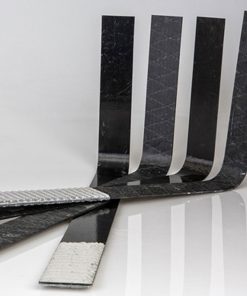

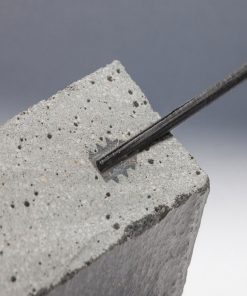
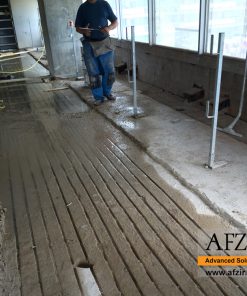
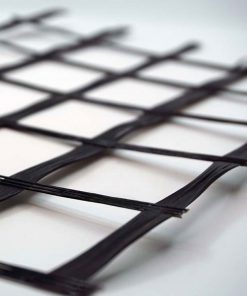

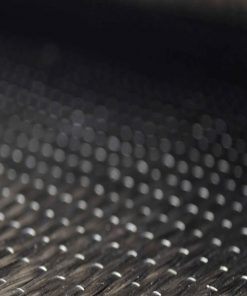
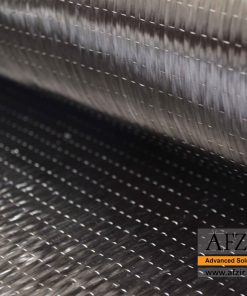
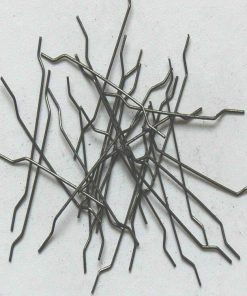


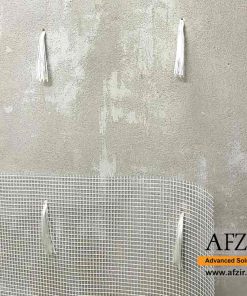
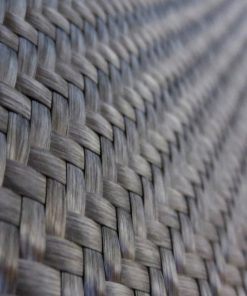
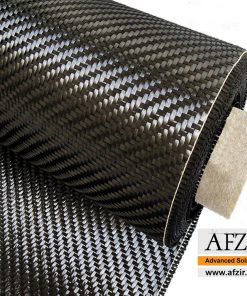
Be the first to review “Chopped Carbon Fiber”